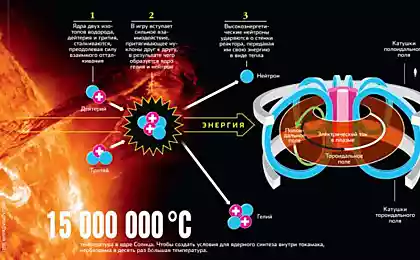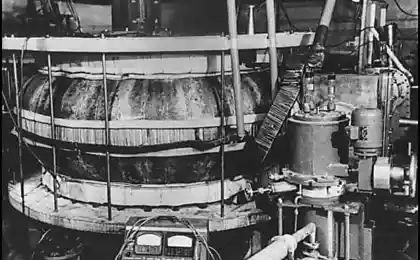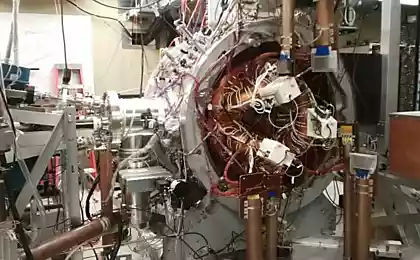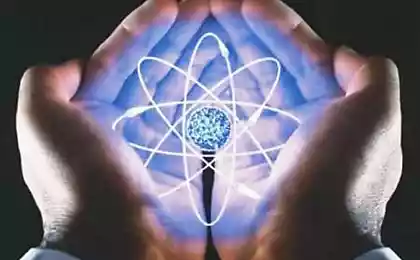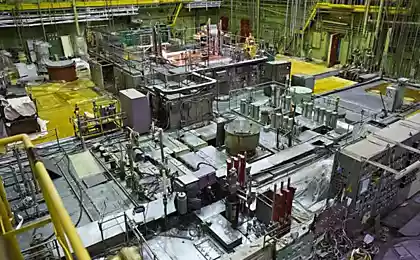663
In the stellarator Wendelstein 7-X received a hydrogen plasma

At the Institute of Society Max Planck Plasma Physics (Greifswald, Germany) at 17:25 experiment was successfully carried out by Moscow time, during which scientists launched thermonuclear reactor Wendelstein 7-X to obtain plasma. This is the second launch of the reactor, the first held December 10, 2015 , was then launched with helium plasma. In December, it managed to keep the plasma at steady state of about 0, 1 second.
Now also the experiment was successful, although the time during which plasma is held in a stable state, is also small, and is approximately equal to 0, 1, p. Experts hope to hold the plasma in a stable state for half an hour - it is the ultimate goal of the experiment.
The first experiment was carried out with helium, the experiment was a success. Also successfully passed the second stage - managed to get the hydrogen plasma, no no problem. Plasma was obtained using high-power microwave pulses. According to the researchers, the momentum of such a power could be obtained by bringing together about 6,000 microwave ovens.
Wendelstein 7-X began to build in 2005, and finished the assembly in 2014. They then prepared to experiment reactor, completing preparations only at the end of 2015. The cost of the project was $ 435 million now two types of advanced reactors have been built in the world -. This type of reactor is a tokamak, stellarator and the reactor type. According to some experts, stellarator - type reactor is more promising, since the plasma in a stable condition to hold here easier than in a tokamak. Project manager Thomas Klinger says stellarator harder to collect than the tokamak, but they are easier to manage. However, there are several difficulties - e.g., cooling magnets are used to confine the plasma in a stable state
.
The main part Wendelstein 7-X toroid is large outer diameter of 11 m. As it is enclosed in the plasma rotating magnetic field in such a way as not to touch the walls. The magnetic field is produced by fifty-3, 5-meter fixed magnetic coils. Other movable magnets 20 are used for targeted exposure to the magnetic field.

Technical Project Director Hans-Stefan God Bosch holds computer-generated images showing the plasma inside the reactor i>
"The impressive results achieved at the start, it is a real event", - said David Anderson, one of the project participants. Interestingly, not all physicists believe the creation of fusion reactors promising business. Some expressed the view (and stick to it), according to which the work on thermonuclear reactor - a waste of money. Tools required very substantial, and the result is no, although attempts to build a fusion reactor continued for many years.
But despite the criticism, the Germans decided nevertheless to implement the project on creation of the stellarator, and continue to do everything possible to achieve the planned objectives.
Source: geektimes.ru/post/270402/




